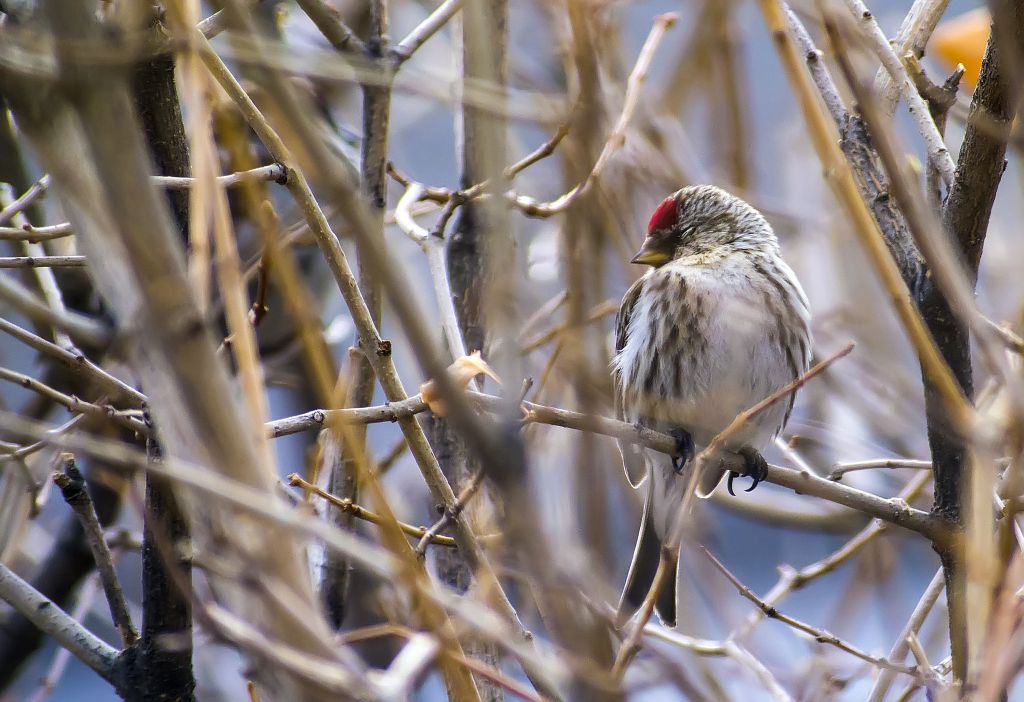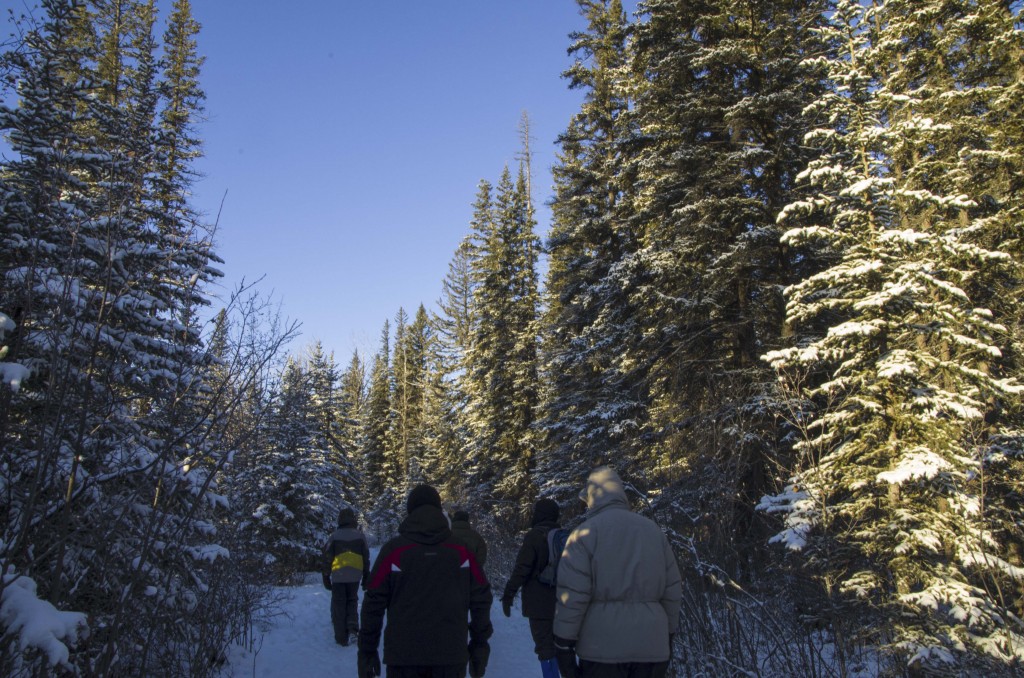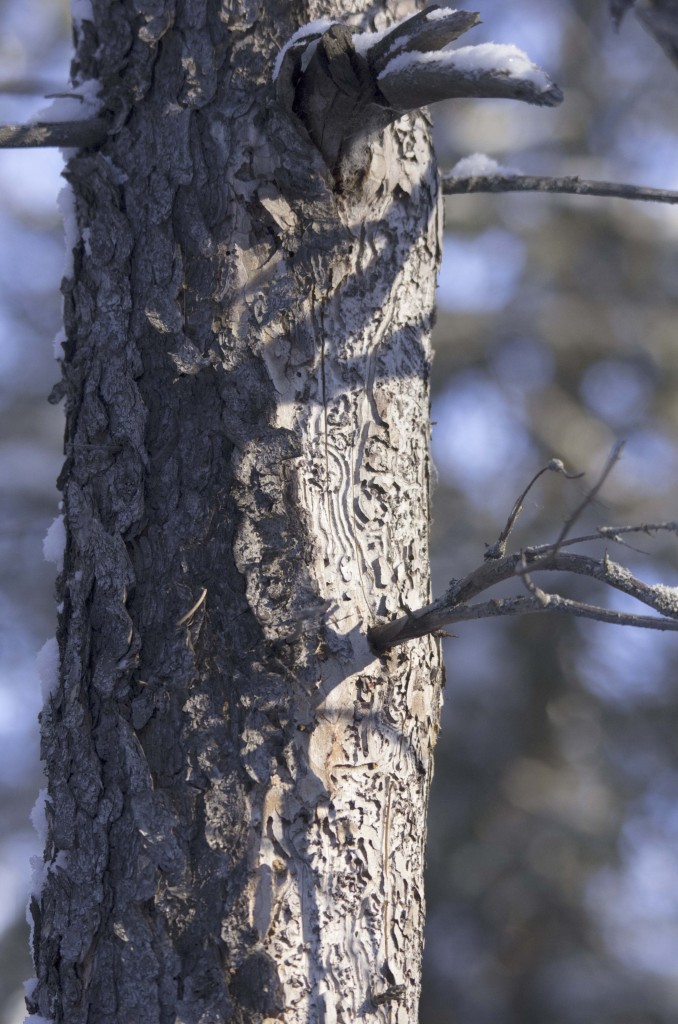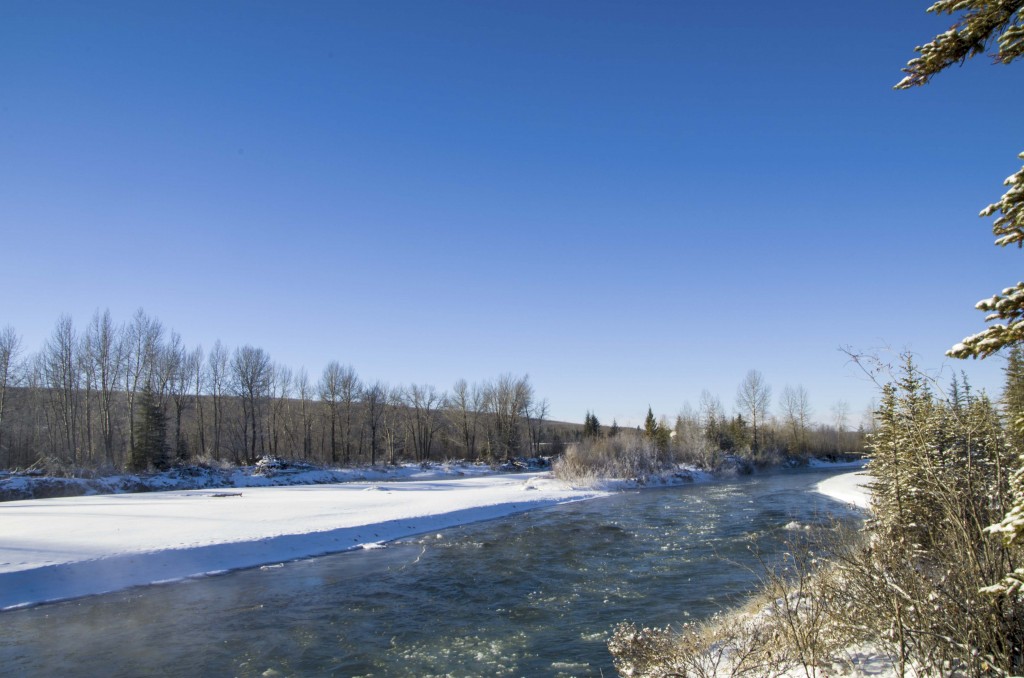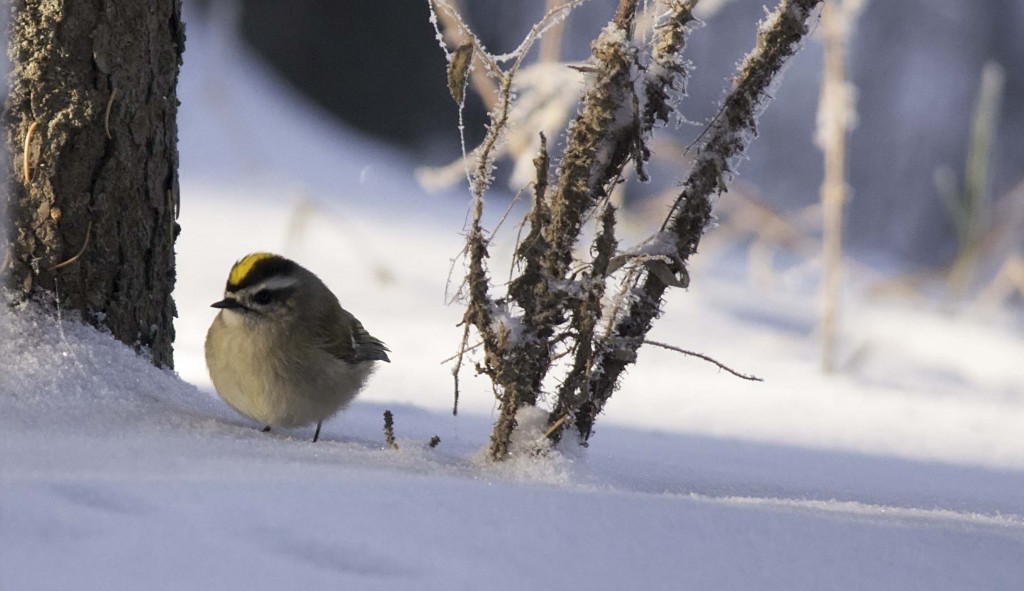Posted by Dan Arndt
As any birder knows, it’s nearly impossible to predict what your success will be like on any given day out in the field. Some days, you can go out and find a huge variety of species in the gloomiest and most terrible weather, while on a perfect weather day the birds all seem to disappear. My last few outings have been a lot quieter than usual, but with the above-seasonal weather we’ve had since late January it’s not entirely unusual. Our visit to Votier’s Flats on January 31 was one of those rather quiet days, but we still managed to see some good birds on the two outings I attended that week.

Votier’s Flats – January 31, 2016
While I attended one walk earlier in the week, and my regular Sunday outing, I only tracked the walk on Sunday, so one of our better sightings isn’t mapped here.
We had a fairly typical array of winter birds at Votier’s Flats, with Pine Siskins, White-winged and Red Crossbills, Black-capped and Boreal Chickadees, and of course the ever present Black-billed Magpies and Common Ravens were readily apparent. As we entered the woods, we were hailed by the calls of a White-breasted Nuthatch high up in the trees, claiming this particularly good territory for itself and announcing its presence to any female that might be paying attention.

White-breasted Nuthatch
[exif id=”15357″]
Mid-week, we had found a recently killed White-tailed Deer carcass, likely taken down by coyotes in the park, but that didn’t deter the rest of the White-tailed Deer from roaming around seemingly without a care in the world. This deer was photographed less than 30 meters from where we had found the kill.

White-tailed Deer
[exif id=”15352″]
One of the things we’ve been observing recently is Pine Siskins feeding a bit lower in the trees than usual, allowing us much better looks at much closer distances that we have for much of the winter so far. They yellow tones in the flight feathers and underwing are really starting to pop now too, making them a little nicer to photograph than your typical Little Brown Jobs.

Pine Siskin
[exif id=”15353″]

Pine Siskin
[exif id=”15358″]
After we cleared the wooded area made up mostly of spruce trees, things got really, really quiet. We headed up the hill to the area that borders on the south end of Fish Creek Provincial Park, where a number of homes have bird feeders set up, and even up there it was incredibly quiet. The only bird to be found when we checked on our first pass was this lone sickly looking Black-capped Chickadee. You can see in this photo that the feathers surrounding the eyes are all missing, and that the eyes themselves also appear a bit puffy. I have no idea what might be the cause of this, but suspect it could be ticks or some illness caused by these feeders not being cleaned regularly. It’s vitally important if you put out bird feeders to ensure that they’re cleaned regularly. The rule of thumb that I always use is that every two times I fill a feeder, I run it through the dishwasher for a good, thorough wash.

sick Black-capped Chickadee
[exif id=”15354″]
We did a quick loop up top, but aside from a few magpies flying by overhead, and a few other small finches flying overhead, the only bird we were able to get close to was yet another (healthy this time) Black-capped Chickadee.
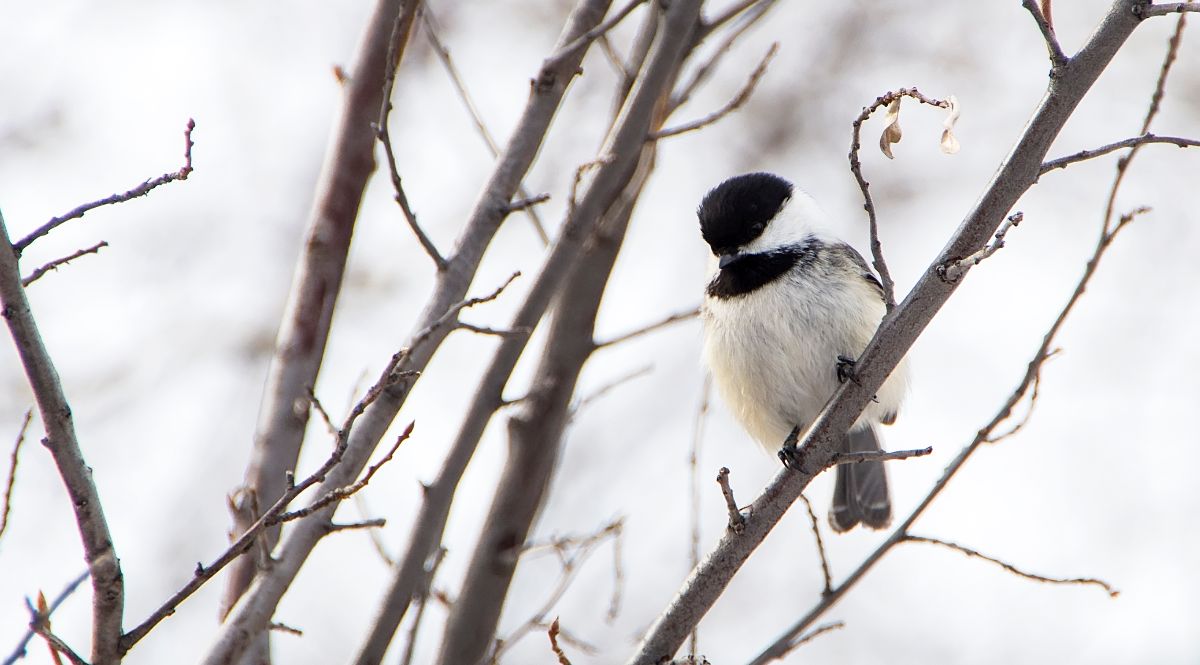
healthy Black-capped Chickadee
[exif id=”15355″]
We headed back down the hill and through the wooded area a second time, but following Fish Creek itself in hopes of finding some birds along the creek bed. Unfortunately for us, our only additional sighting was this near-perfectly camouflaged Brown Creeper, with its high-pitched trills and even a brief little attempt at a song!

Brown Creeper
On the earlier outing that week, we had headed over towards Raven Rocks to search for Townsend’s Solitaires, and sure enough we found two singing high on the slope, and one even popped down to check us out for a few minutes before my camera decided to stop working for the day!

Townsend’s Solitaire
[exif id=”15359″]
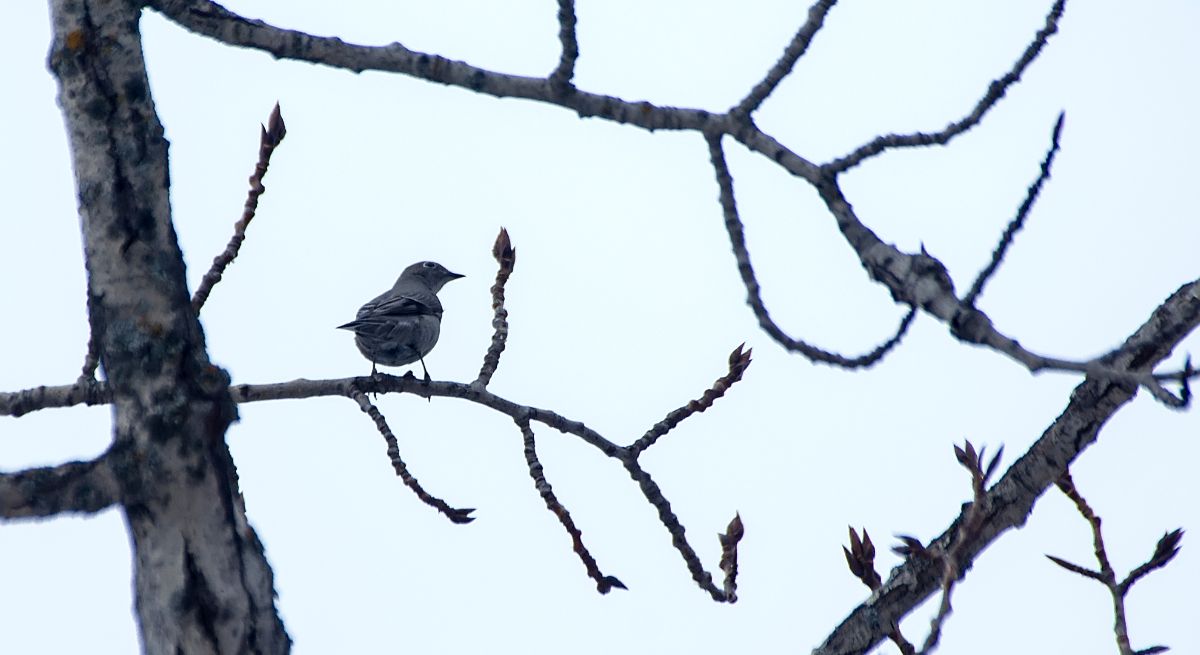
Townsend’s Solitaire
[exif id=”15360″]
Following our outing on January 31, I headed out of town for the next two weeks, and so our next week’s update should bring us up to our outing on February 21 where we returned to Bebo Grove!
Have a good week, and good birding!


